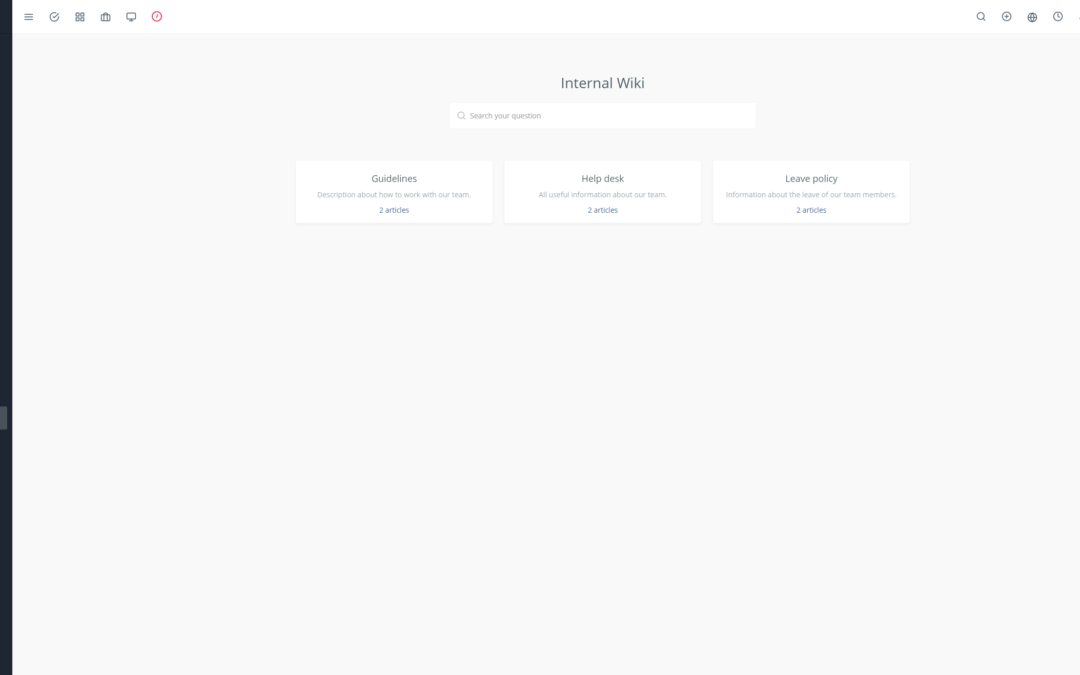Migrating to Yoneos, a popular project management software, can be a great decision for your business. But like any transition, it involves challenges and potential risks. To ensure a smooth and successful migration, it’s crucial to avoid common mistakes.
1. Insufficient Planning 🗓️
Thorough planning is key to success. Defining objectives, steps, timelines, and required resources for the migration is essential. A lack of planning can lead to delays, budget overruns, and unforeseen problems.
2. Lack of Understanding Yoneos Features 💡
Before migrating, it’s essential to understand Yoneos’s features and how they align with your needs. Unfamiliarity with the software can result in inadequate configuration choices and usability issues.
3. Absence of a Clear Migration Strategy ➡️
A well-defined migration strategy is essential to guide the process and minimize risks. The strategy should include key steps, responsibilities, checkpoints, and communication plans.
4. Poor Risk Assessment 🚨
Identifying and evaluating potential risks is crucial. Compatibility issues, data loss, or service interruptions can occur if risks are not addressed.
5. Lack of Resources and Skills 👥
Migrating to Yoneos requires specific resources and skills. A lack of qualified personnel, adequate tools, and dedicated time can jeopardize the process’s success.
6. Incompatible Dependencies 🔗
Ensure your existing systems and tools are compatible with Yoneos. Incompatible dependencies can lead to migration and operation issues.
7. Incomplete or Erroneous Data Migration 🗃️
Data migration is a complex process that requires great care. Migration errors can result in data loss, inconsistencies, and operational issues.
8. Insufficient Testing Before Production 🧪
Thorough testing before deploying Yoneos into production is essential to identify potential problems and errors. A lack of testing can lead to critical errors and service interruptions.
9. Lack of Communication with Users 🗣️
Clearly communicating with users throughout the migration process is crucial. Poor communication can lead to confusion, frustration, and adaptation difficulties.
10. Inadequate Change Management 🔄
Well-defined change management is necessary to minimize disruption and facilitate user adaptation. A lack of change management processes can lead to resistance and performance issues.
11. Absence of a Backup Plan 🆘
A backup plan is essential in case of problems or errors during migration. A lack of backup plan can result in significant delays and data loss.
12. Too Short Migration Timeline ⏰
A tight migration timeline can lead to errors, omissions, and quality issues. It’s important to allocate enough time for each step of the process.
13. Ignoring Configuration Differences ⚙️
Yoneos configurations can vary depending on each company’s needs. Failure to account for these differences can lead to operational and performance issues.
14. Security Concerns 🔐
Data security is crucial when migrating to Yoneos. A lack of appropriate security measures can lead to data breaches and compliance issues.
15. Lack of Documentation 📚
Comprehensive documentation is essential for a successful migration. A lack of documentation can lead to understanding problems, troubleshooting issues, and maintenance difficulties.
16. Choosing an Outdated Version of Yoneos 👴
Using an outdated version of Yoneos can result in compatibility, security, and performance issues. It’s important to choose a recent version compatible with your systems.
17. Excessive Dependence on Third-Party Tools 🧰
Excessive reliance on third-party tools can create compatibility and security issues. It’s important to minimize these dependencies whenever possible.
18. Lack of User Training 👨🎓
Adequate training for Yoneos users is essential for successful adoption. A lack of training can lead to errors, inefficiencies, and frustrations.
19. Not Following Development Best Practices 🏗️
Adhering to development best practices is crucial for a smooth migration and optimal Yoneos performance. Failure to respect these practices can lead to errors, security issues, and maintenance difficulties.
20. Lack of Monitoring and Maintenance After Migration 🔧
Once the migration is complete, it’s important to provide regular monitoring and maintenance for Yoneos. A lack of monitoring and maintenance can lead to performance, security, and compliance issues.
Conclusion
By avoiding these common mistakes, you can increase the chances of your Yoneos migration success. Remember that planning, understanding features, communication, and change management are crucial for a successful transition.

